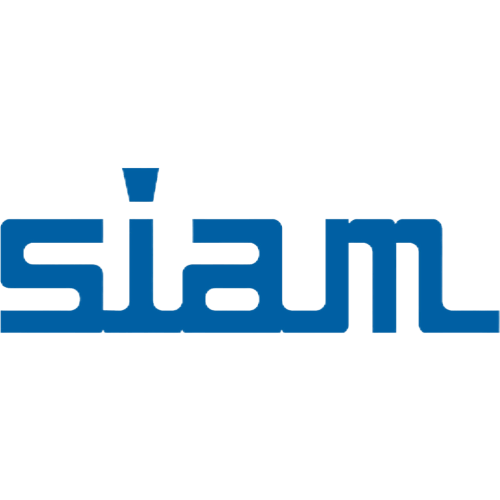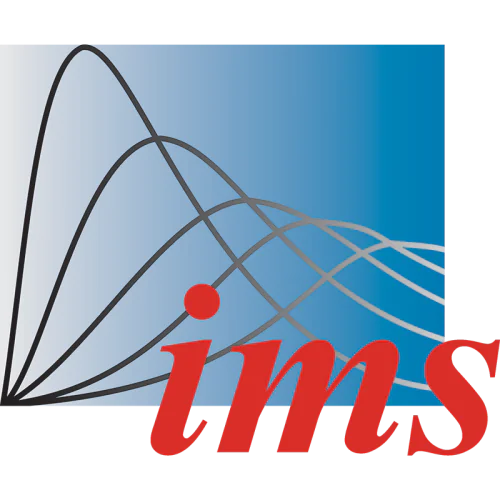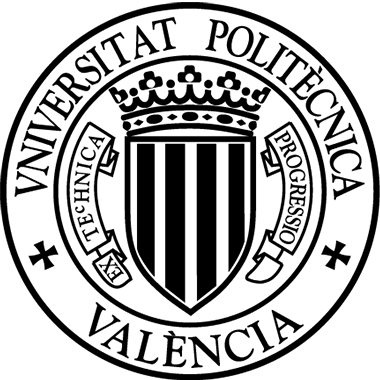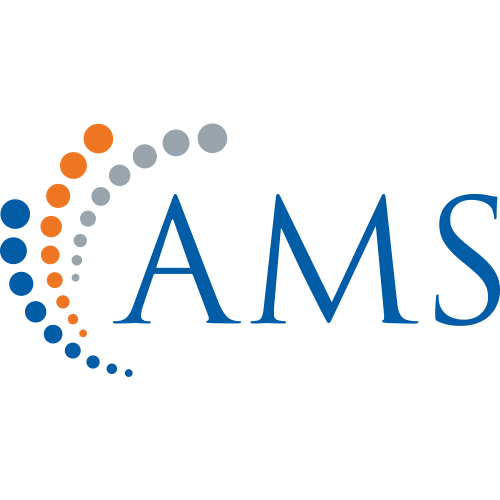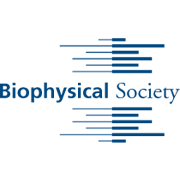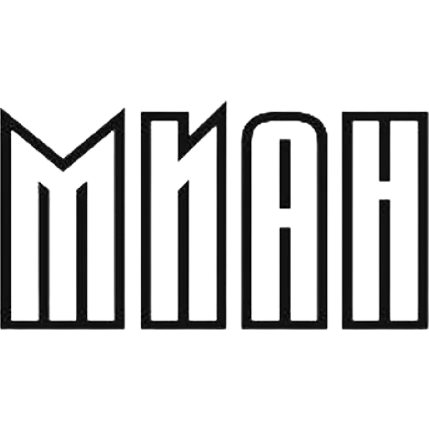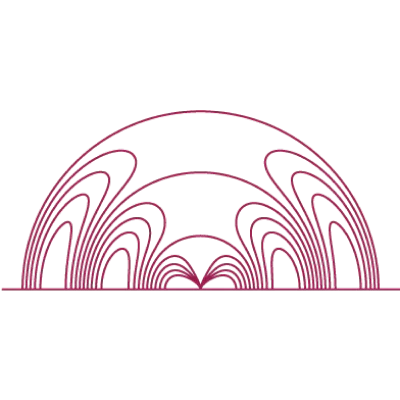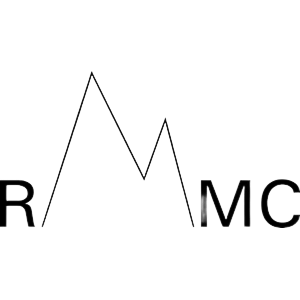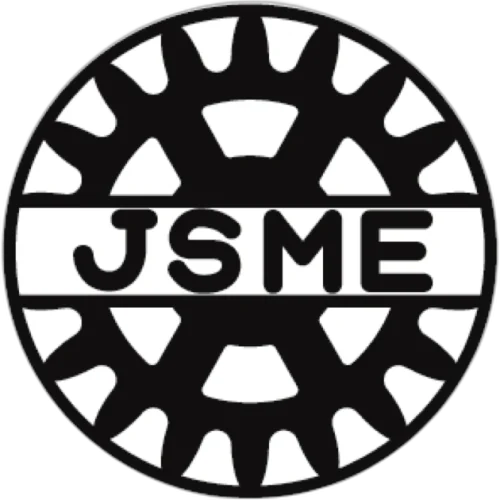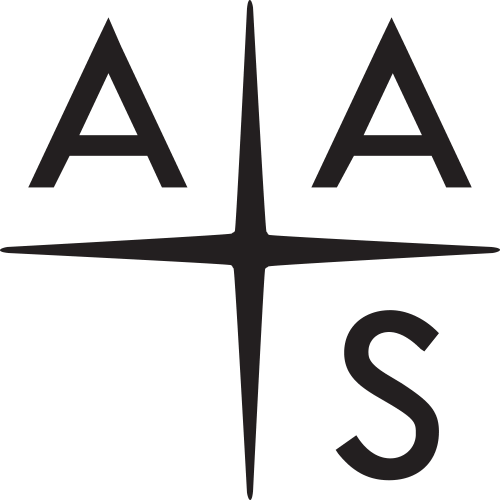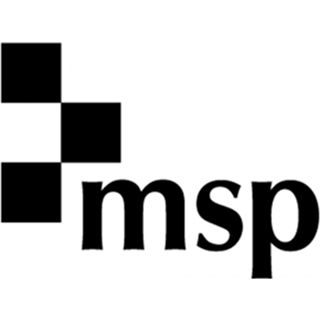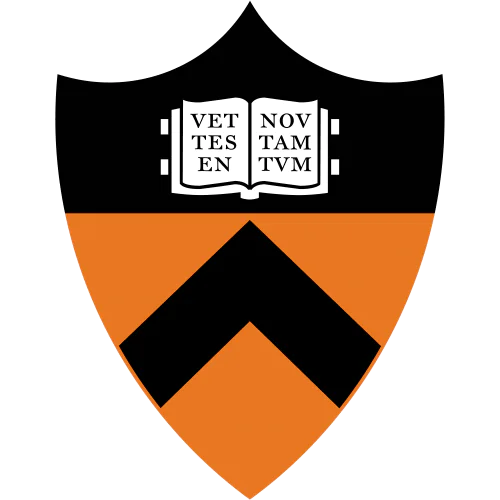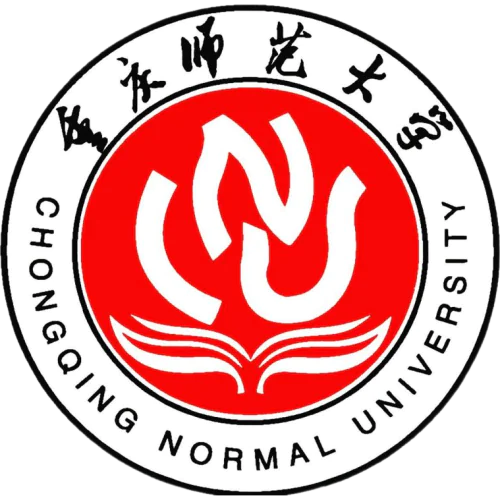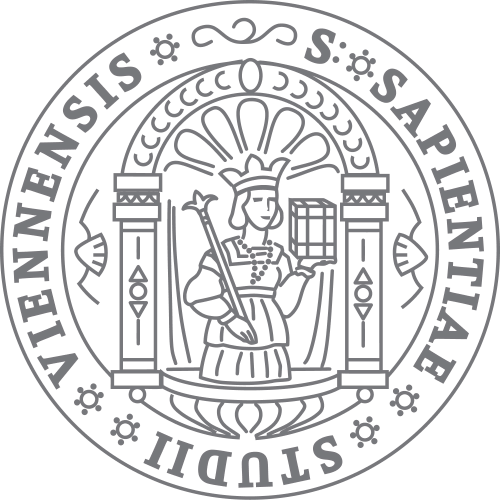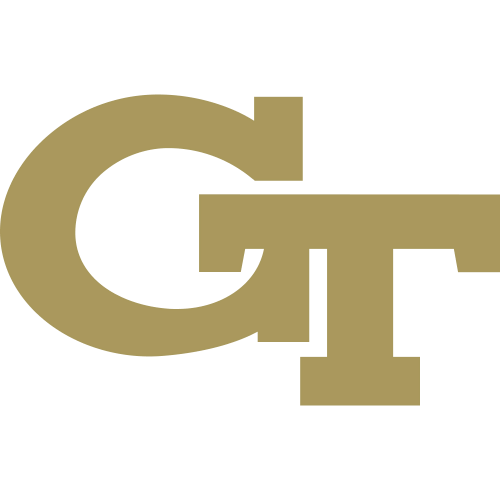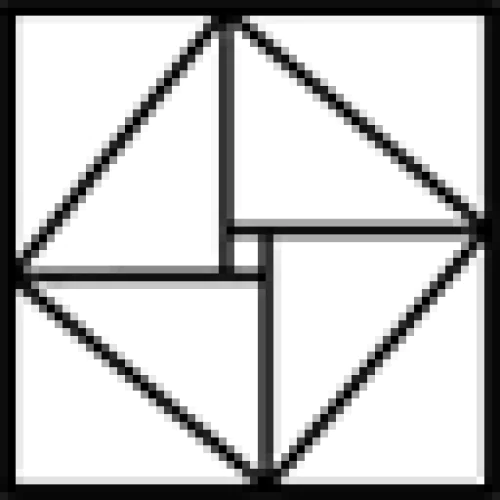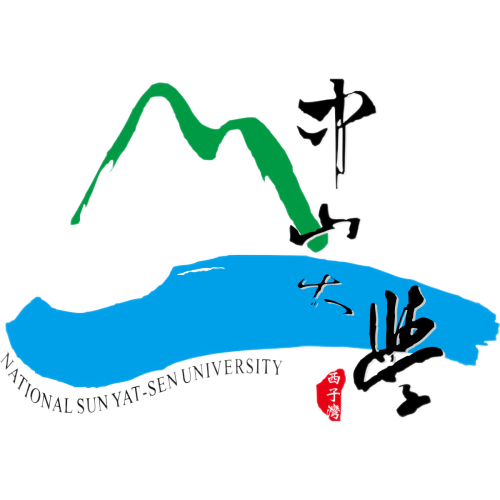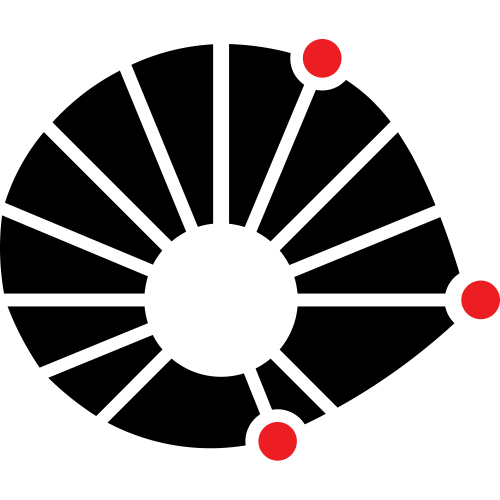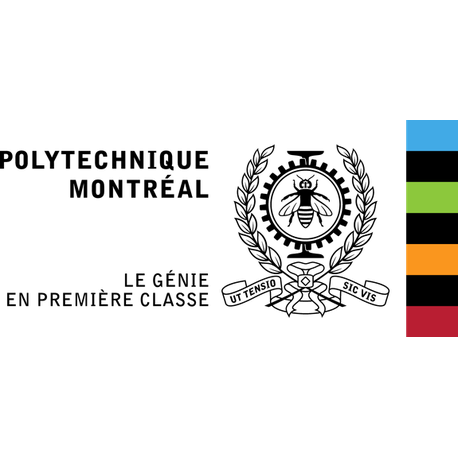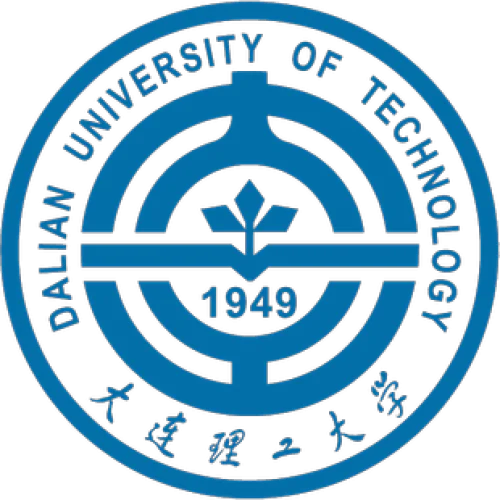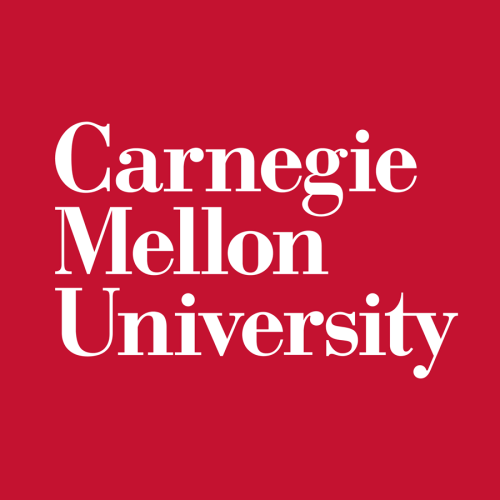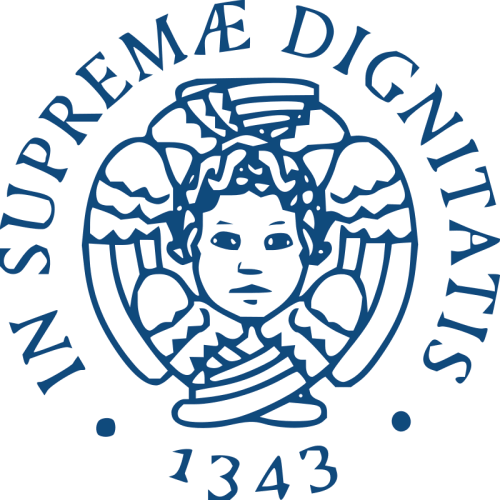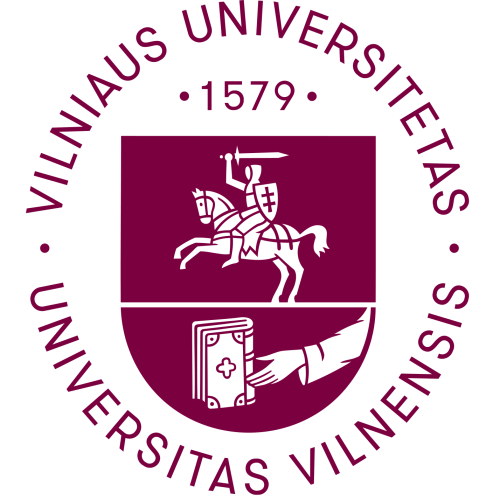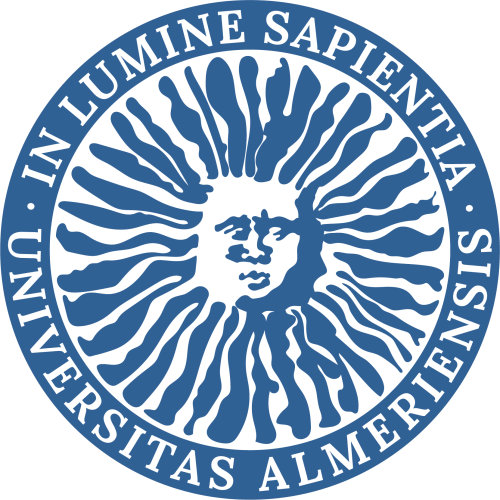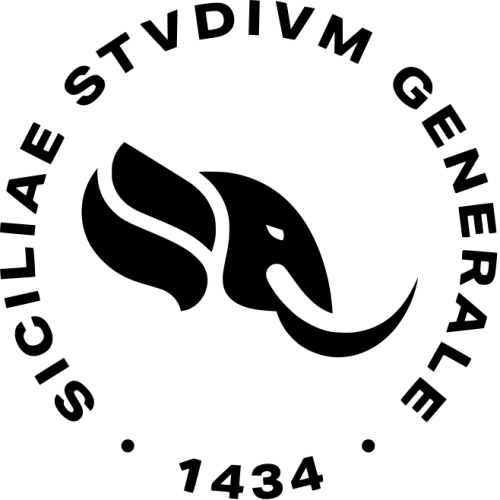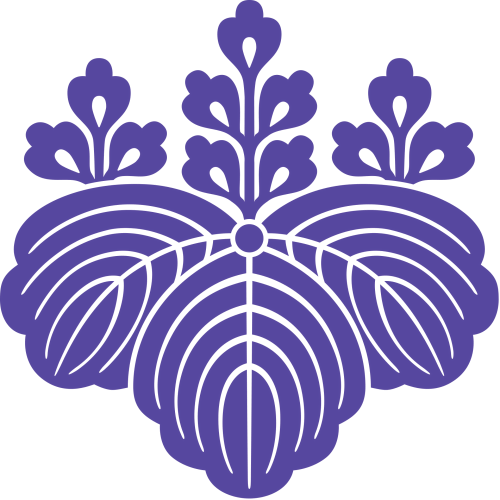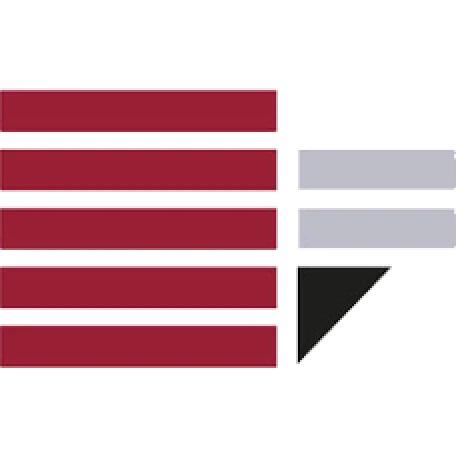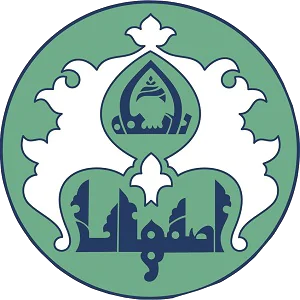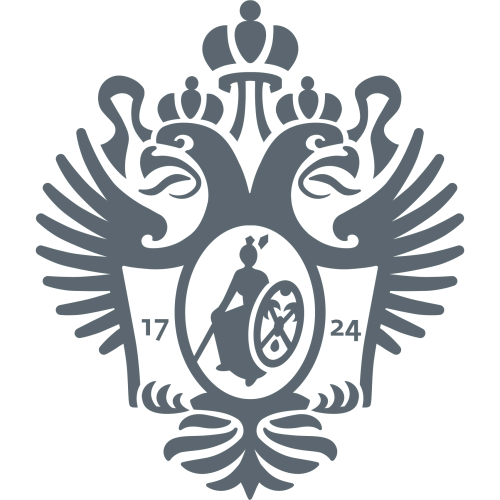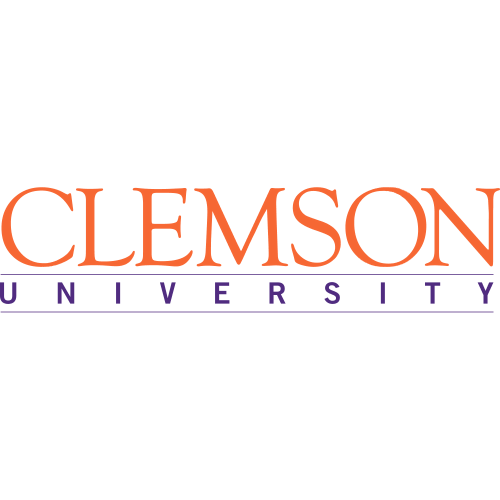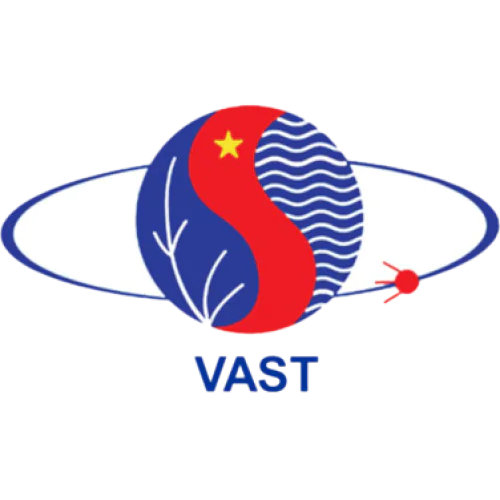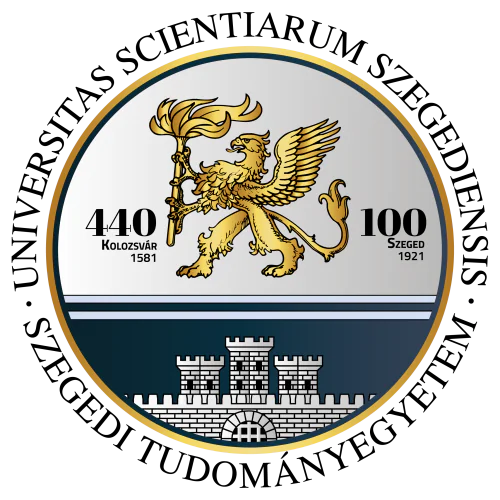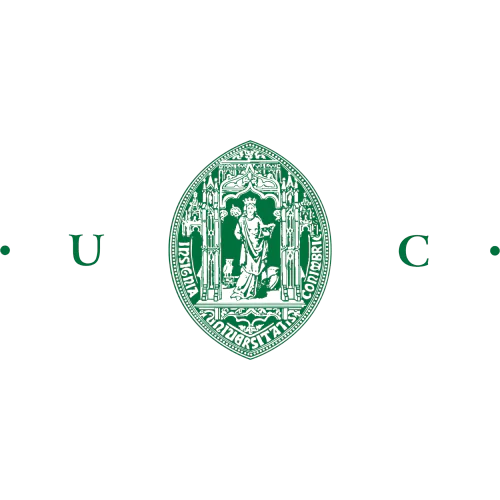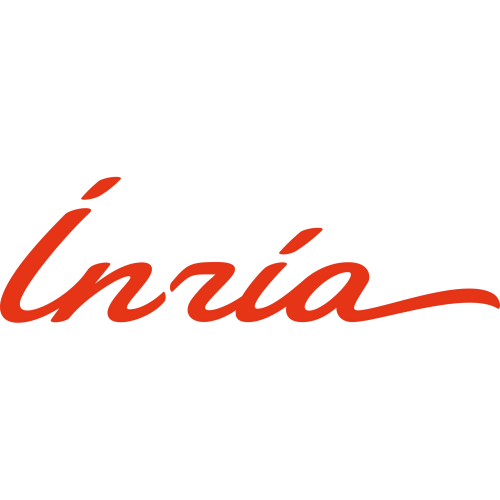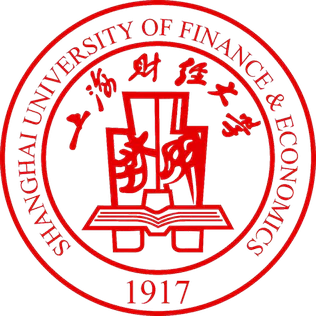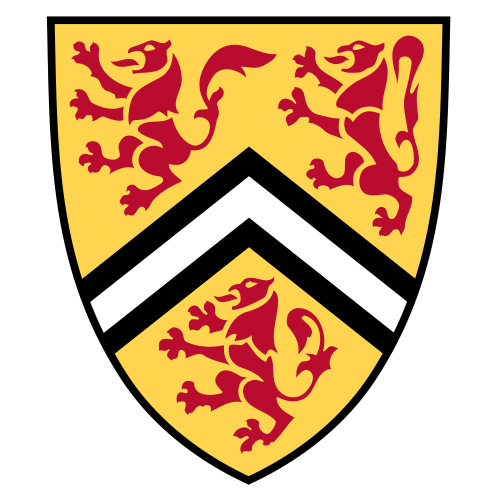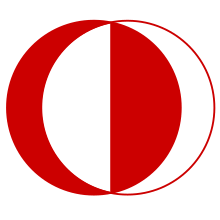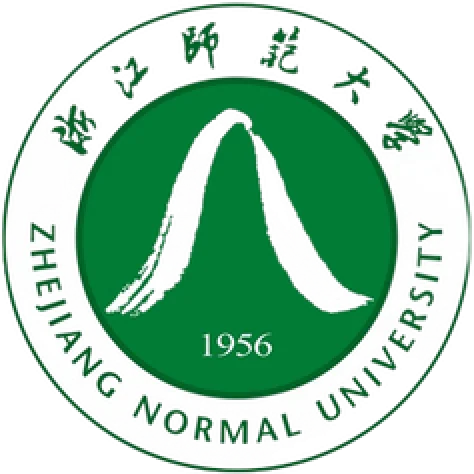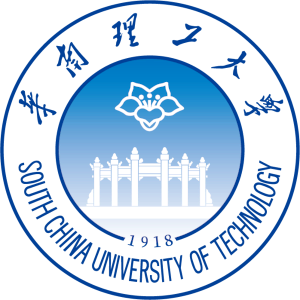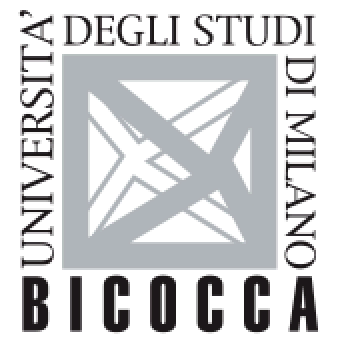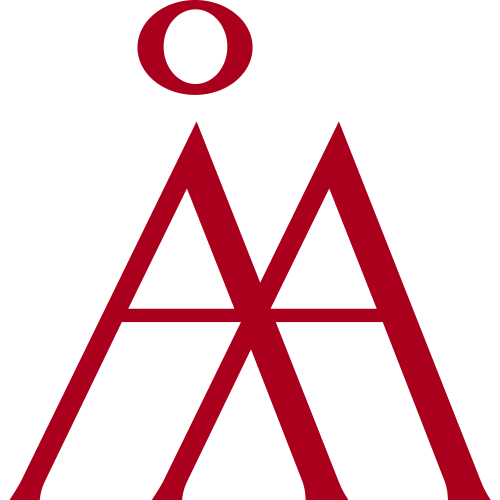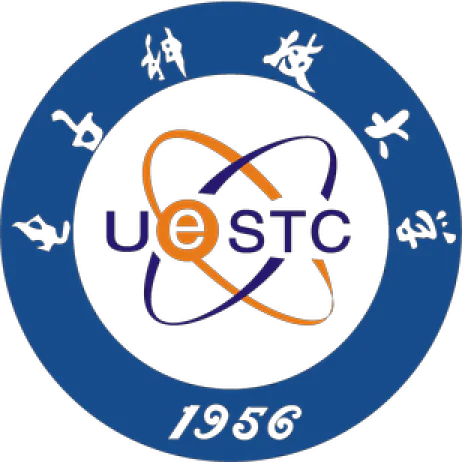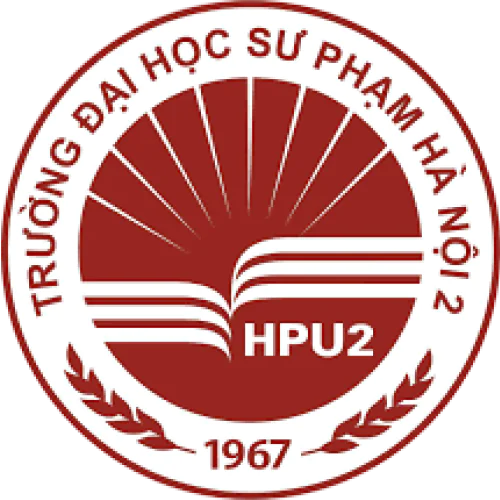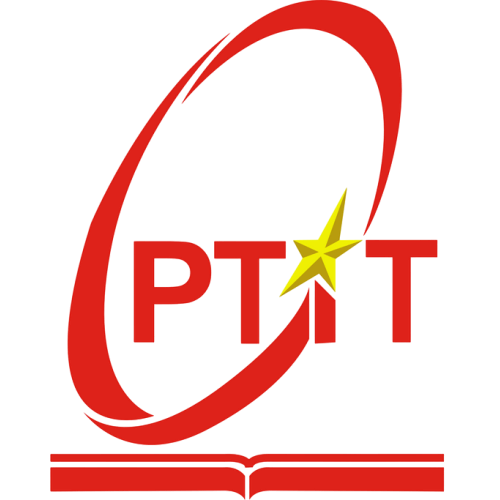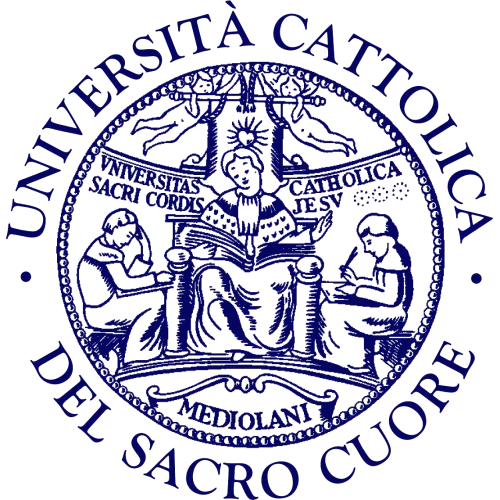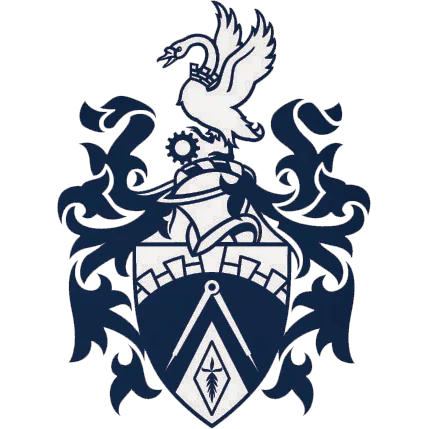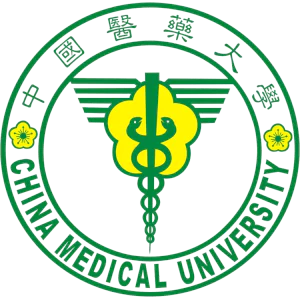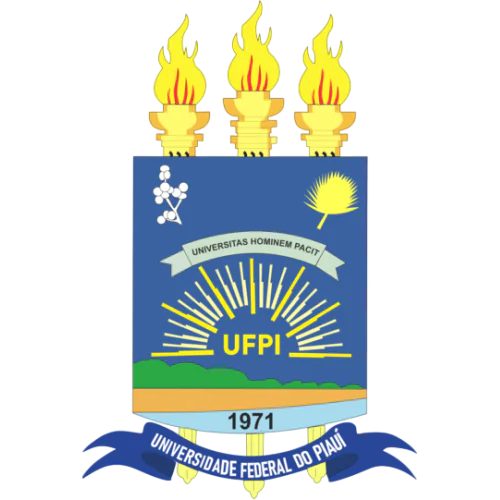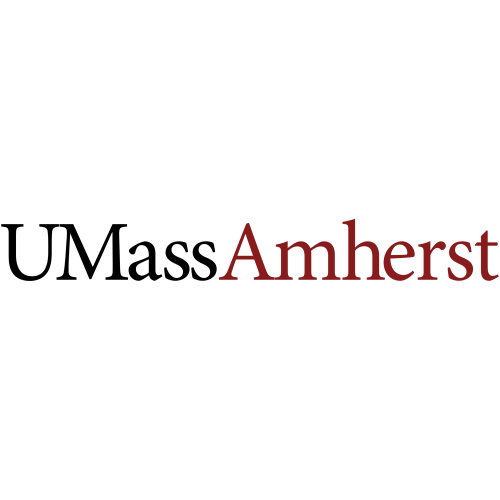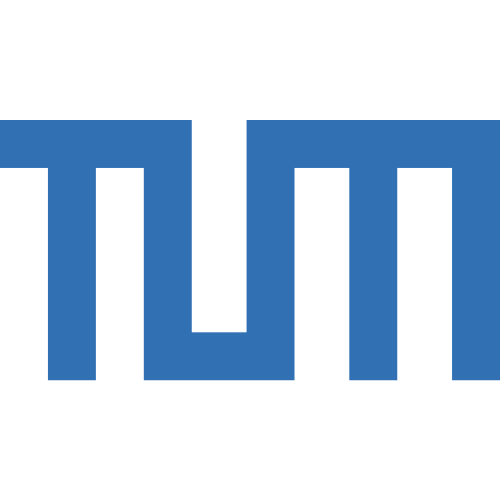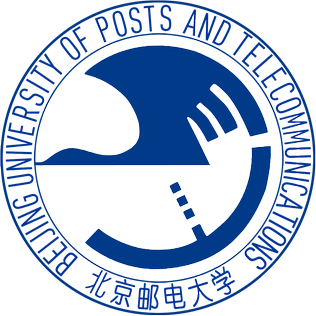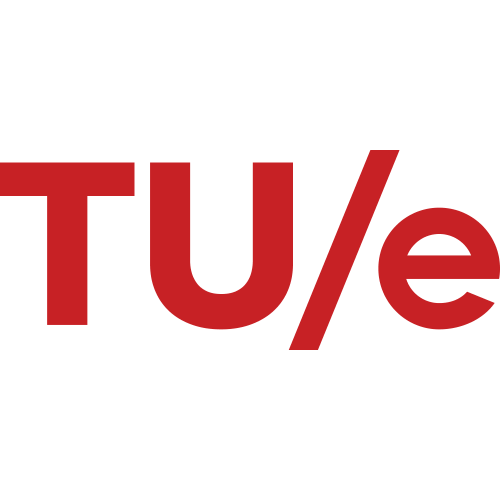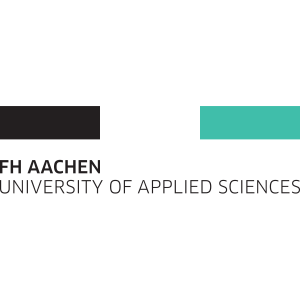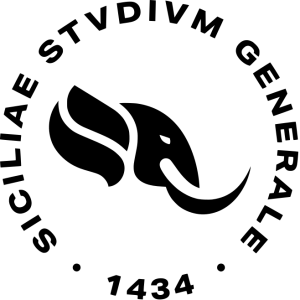Journal of Global Optimization
Are you a researcher?
Create a profile to get free access to personal recommendations for colleagues and new articles.
SCImago
Q1
WOS
Q2
Impact factor
1.7
SJR
0.807
CiteScore
3.7
Categories
Applied Mathematics
Business, Management and Accounting (miscellaneous)
Computer Science Applications
Control and Optimization
Management Science and Operations Research
Areas
Business, Management and Accounting
Computer Science
Decision Sciences
Mathematics
Years of issue
1991-2025
journal names
Journal of Global Optimization
J GLOBAL OPTIM
Top-3 citing journals

Journal of Global Optimization
(5661 citations)

Lecture Notes in Computer Science
(2833 citations)

Journal of Optimization Theory and Applications
(2107 citations)
Top-3 organizations

University of Florida
(125 publications)

Hong Kong Polytechnic University
(73 publications)

Shanghai University
(45 publications)

University of Chinese Academy of Sciences
(15 publications)

University of Florida
(15 publications)
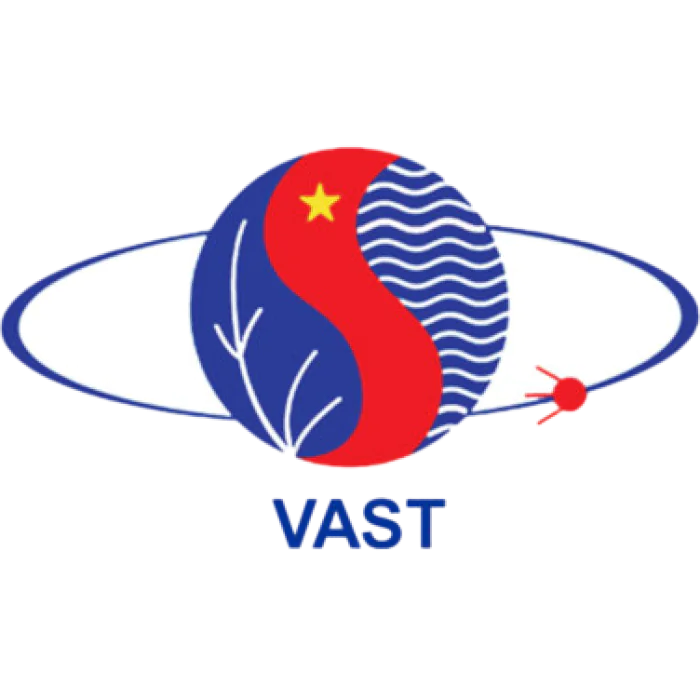
Vietnam Academy of Science and Technology
(13 publications)
Top-3 researchers by articles count
11 publications in journal

Montaz Ali
96 publications,
2 639 citations,
3 reviews
h-index: 24

University of the Witwatersrand
3 publications in journal

Matsui Tomomi
87 publications,
1 089 citations
h-index: 19

Tokyo Institute of Technology
Most cited in 5 years
Found
Nothing found, try to update filter.
Found
Nothing found, try to update filter.
Top-100
Citing journals
Citing publishers
Publishing organizations
Publishing organizations in 5 years
|
2
4
6
8
10
12
14
16
|
|
|
University of Chinese Academy of Sciences
15 publications, 2.17%
|
|
|
University of Florida
15 publications, 2.17%
|
|
|
Vietnam Academy of Science and Technology
13 publications, 1.88%
|
|
|
Georgia Institute of technology
12 publications, 1.73%
|
|
|
Nanjing Normal University
11 publications, 1.59%
|
|
|
Academy of Mathematics and Systems Science, Chinese Academy of Sciences
10 publications, 1.45%
|
|
|
Polytechnique Montréal
9 publications, 1.3%
|
|
|
Universidad de Tarapacá
9 publications, 1.3%
|
|
|
Beihang University
8 publications, 1.16%
|
|
|
Chongqing Normal University
8 publications, 1.16%
|
|
|
Université Toulouse III - Paul Sabatier
8 publications, 1.16%
|
|
|
Vietnam National University Ho Chi Minh City
7 publications, 1.01%
|
|
|
Shanghai University
7 publications, 1.01%
|
|
|
University of Erlangen–Nuremberg
7 publications, 1.01%
|
|
|
Fudan University
6 publications, 0.87%
|
|
|
Dalian University of Technology
6 publications, 0.87%
|
|
|
University of Edinburgh
6 publications, 0.87%
|
|
|
Guizhou University
6 publications, 0.87%
|
|
|
Hangzhou Dianzi University
6 publications, 0.87%
|
|
|
RWTH Aachen University
6 publications, 0.87%
|
|
|
Ilmenau University of Technology
6 publications, 0.87%
|
|
|
Trier University
6 publications, 0.87%
|
|
|
Polytechnic University of Catalonia
6 publications, 0.87%
|
|
|
Institut polytechnique de Paris
6 publications, 0.87%
|
|
|
National Research University Higher School of Economics
5 publications, 0.72%
|
|
|
Lobachevsky State University of Nizhny Novgorod
5 publications, 0.72%
|
|
|
University of Isfahan
5 publications, 0.72%
|
|
|
Beijing Institute of Technology
5 publications, 0.72%
|
|
|
Zhejiang University
5 publications, 0.72%
|
|
|
South China University of Technology
5 publications, 0.72%
|
|
|
University of Electronic Science and Technology of China
5 publications, 0.72%
|
|
|
Karlsruhe Institute of Technology
5 publications, 0.72%
|
|
|
Pontificia Universidad Católica de Valparaíso
5 publications, 0.72%
|
|
|
Beijing University of Technology
5 publications, 0.72%
|
|
|
Shenzhen University
5 publications, 0.72%
|
|
|
University of Milano-Bicocca
5 publications, 0.72%
|
|
|
University of Jyväskylä
5 publications, 0.72%
|
|
|
University of Calabria
5 publications, 0.72%
|
|
|
Hong Kong Polytechnic University
5 publications, 0.72%
|
|
|
Virginia Tech
5 publications, 0.72%
|
|
|
Zhejiang Normal University
5 publications, 0.72%
|
|
|
University of Texas at Dallas
5 publications, 0.72%
|
|
|
Guangxi University for Nationalities
5 publications, 0.72%
|
|
|
University of Michigan
5 publications, 0.72%
|
|
|
University of British Columbia
5 publications, 0.72%
|
|
|
Vilnius University
5 publications, 0.72%
|
|
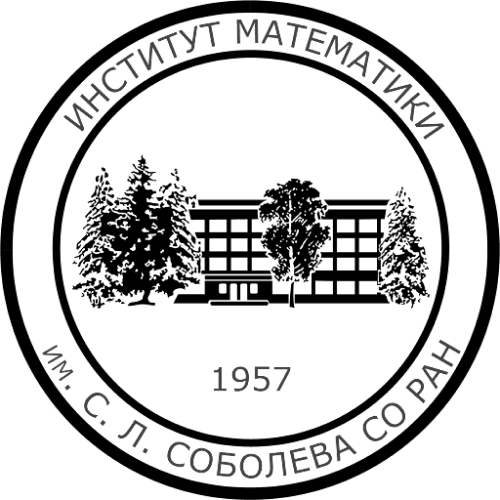
Sobolev Institute of Mathematics of the Siberian Branch of the Russian Academy of Sciences
4 publications, 0.58%
|
|
|
Institute for Research in Fundamental Sciences
4 publications, 0.58%
|
|
|
Hanoi Pedagogical University 2
4 publications, 0.58%
|
|
|
Posts and Telecommunications Institute of Technology
4 publications, 0.58%
|
|
|
Tsinghua University
4 publications, 0.58%
|
|
|
Technion – Israel Institute of Technology
4 publications, 0.58%
|
|
|
Southeast University
4 publications, 0.58%
|
|
|
Nanjing University
4 publications, 0.58%
|
|
|
North China Electric Power University
4 publications, 0.58%
|
|
|
University of New South Wales
4 publications, 0.58%
|
|
|
Henan Normal University
4 publications, 0.58%
|
|
|
Xiamen University
4 publications, 0.58%
|
|
|
Università Cattolica del Sacro Cuore
4 publications, 0.58%
|
|
|
Brunel University London
4 publications, 0.58%
|
|
|
Soochow University (Suzhou)
4 publications, 0.58%
|
|
|
China Medical University (Taiwan)
4 publications, 0.58%
|
|
|
University of Birmingham
4 publications, 0.58%
|
|
|
North Minzu University
4 publications, 0.58%
|
|
|
Tokyo Institute of Technology
4 publications, 0.58%
|
|
|
Ningbo University
4 publications, 0.58%
|
|
|
Yunnan University
4 publications, 0.58%
|
|
|
University of Szeged
4 publications, 0.58%
|
|
|
Guangxi University
4 publications, 0.58%
|
|
|
Wayne State University
4 publications, 0.58%
|
|
|
Jagiellonian University
4 publications, 0.58%
|
|
|
University of Vienna
4 publications, 0.58%
|
|
|
Forschungszentrum Jülich
4 publications, 0.58%
|
|
|
Universidade Estadual de Campinas
4 publications, 0.58%
|
|
|
Wageningen University and Research Centre
4 publications, 0.58%
|
|
|
Universidade Federal do Piauí
4 publications, 0.58%
|
|
|
University of Massachusetts Amherst
4 publications, 0.58%
|
|
|
University of New Brunswick
4 publications, 0.58%
|
|
|
Federal Research Center Computer Science and Control of the Russian Academy of Sciences
3 publications, 0.43%
|
|
|
University of Tehran
3 publications, 0.43%
|
|
|
Ton Duc Thang University
3 publications, 0.43%
|
|
|
Thai Nguyen University
3 publications, 0.43%
|
|
|
University of Da Nang
3 publications, 0.43%
|
|
|
Sichuan University
3 publications, 0.43%
|
|
|
Xi'an Jiaotong University
3 publications, 0.43%
|
|
|
Aix-Marseille University
3 publications, 0.43%
|
|
|
Technical University of Munich
3 publications, 0.43%
|
|
|
University of Lorraine
3 publications, 0.43%
|
|
|
University of Haifa
3 publications, 0.43%
|
|
|
Nanjing University of Aeronautics and Astronautics
3 publications, 0.43%
|
|
|
Nanjing University of Information Science and Technology
3 publications, 0.43%
|
|
|
Beijing University of Posts and Telecommunications
3 publications, 0.43%
|
|
|
Sapienza University of Rome
3 publications, 0.43%
|
|
|
Chongqing University of Posts and Telecommunications
3 publications, 0.43%
|
|
|
Chongqing Technology and Business University
3 publications, 0.43%
|
|
|
Eindhoven University of Technology
3 publications, 0.43%
|
|
|
South China Normal University
3 publications, 0.43%
|
|
|
Imperial College London
3 publications, 0.43%
|
|
|
Tianjin University
3 publications, 0.43%
|
|
|
University of Shanghai for Science and Technology
3 publications, 0.43%
|
|
|
2
4
6
8
10
12
14
16
|
|
Publishing countries
Publishing countries in 5 years
11 publications in journal

Montaz Ali
96 publications,
2 639 citations,
3 reviews
h-index: 24

University of the Witwatersrand
3 publications in journal

Matsui Tomomi
87 publications,
1 089 citations
h-index: 19

Tokyo Institute of Technology
1 publication in journal
Semenov Vladimir
78 publications,
797 citations,
13 reviews
h-index: 15
1 publication in journal

Volkovich Zeev
89 publications,
353 citations
h-index: 9
ORT Braude Academic College of Engineering
1 publication in journal

Tam Minh
37 publications,
254 citations
h-index: 10










